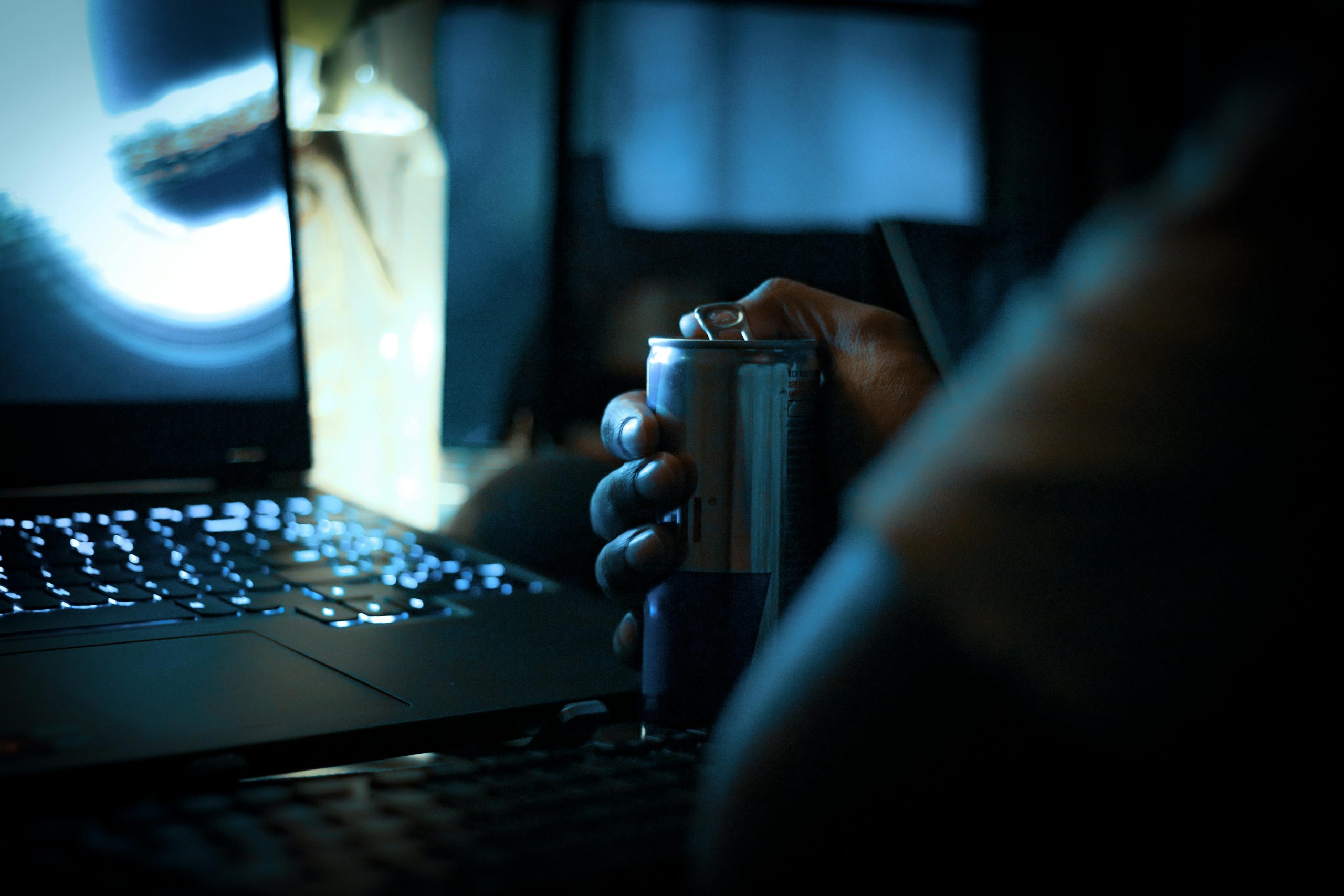Troubleshooting Visibility Issues: When Your Laptop Sees Files but Your PC Doesn’t
Understanding the Dilemma
It can be incredibly frustrating when you successfully transfer files to an SSD using your laptop, only to discover that your desktop PC cannot recognize those files. This issue can stem from several factors, and understanding the underlying reasons can help you find a solution effectively.
The Situation
To provide some context, I recently transferred approximately 20GB of video content from my camera’s SD card to a SanDisk Extreme Portable SSD (Gen 2) with my Lenovo L470 laptop. Unfortunately, my desktop PC lacks the appropriate card adapter, making the laptop my only option for this task. After completing the transfer, I verified that all data appeared to be intact on the SSD before safely shutting down my laptop and disconnecting the drive.
Upon connecting the SSD to my PC, I encountered a perplexing problem: the folder containing my videos was nowhere to be found. Initially, I suspected that I might have inadvertently canceled the transfer. However, after running Recuva Software on both the SSD and the original SD card, I was able to recover some fragmented data. This was then saved onto a separate SSD, which further highlighted the inconsistencies between my devices.
Interestingly, while the recovered data was visible on the second SSD when connected to my laptop, it wasn’t visible on my PC. This prompted me to think that perhaps the original video files had not been transferred correctly, despite being visible on my laptop. The behavior of Recuva, which struggled to identify the usual camera file names during its deep scan, seems to support this theory, suggesting that the files may still exist in some capacity.
What Should You Do Next?
Given this ongoing challenge, the next steps could involve several approaches:
-
Reconnect and Refresh: Sometimes, simply disconnecting and reconnecting the SSD can prompt your PC to refresh its view of the files. Ensure that you are using a different USB port, if available, to rule out any port-related issues.
-
Check for Hidden Files: Windows settings might be hiding your files. On your PC, go to File Explorer, click on the “View” tab, and make sure “Hidden items” is checked. This can help reveal anything that might inadvertently be set as hidden.
-
Run Disk Error Check: Utilize Windows’ built-in error-checking tool. Right-click on the SSD in File Explorer, select “Properties
Share this content:




Thank you for providing a detailed overview of your situation. When dealing with SSD visibility issues between different devices, especially when files are visible on one device but not the other, there are a few common troubleshooting steps you can follow:
attrib -H -S "X:\path\to\folder\*" /S /D(replace “X:” with your drive letter). This removes the hidden and system attributes recursively.